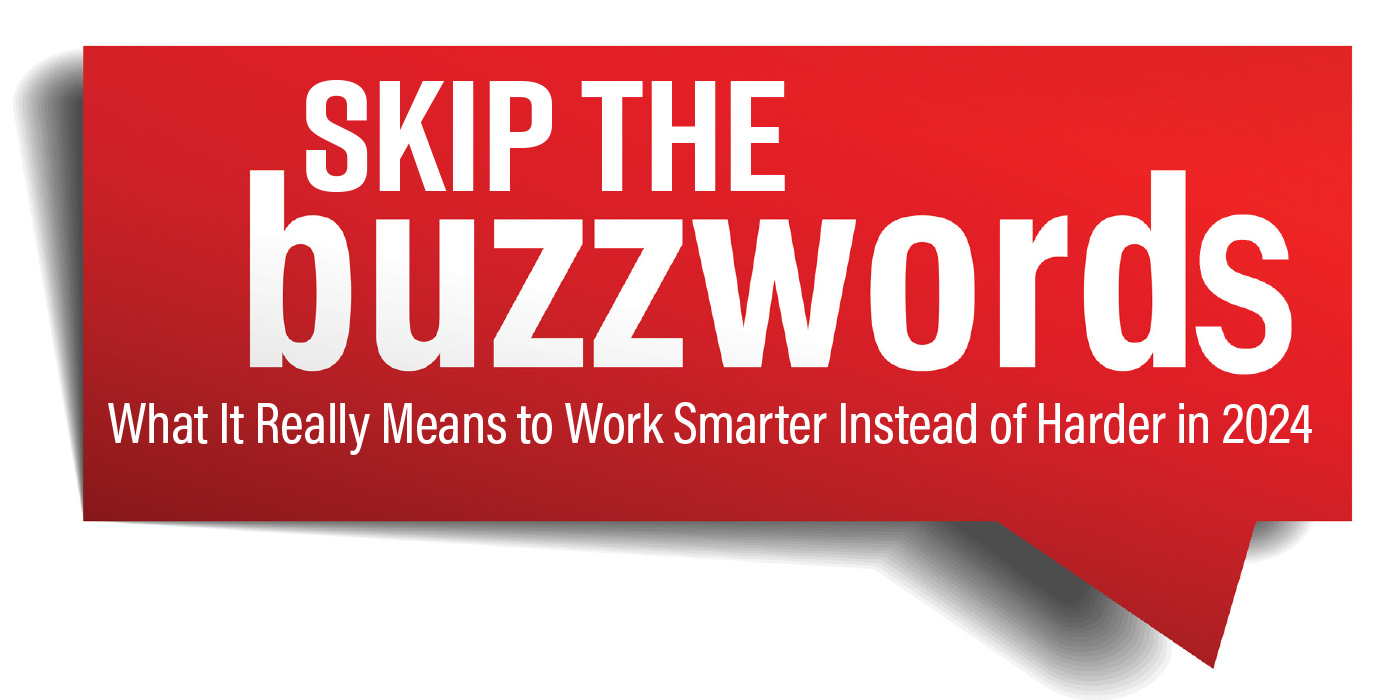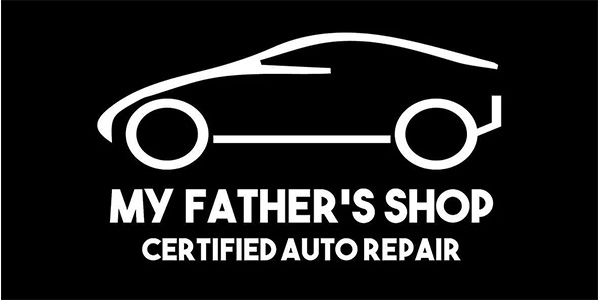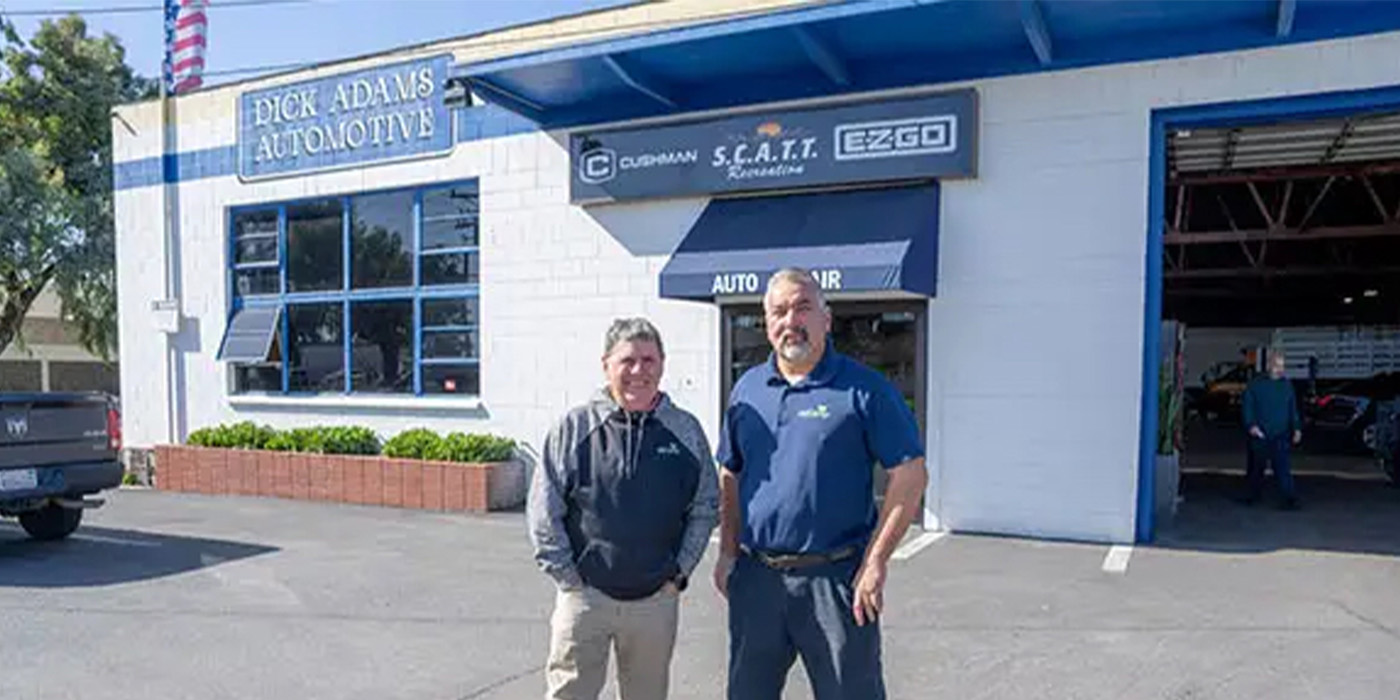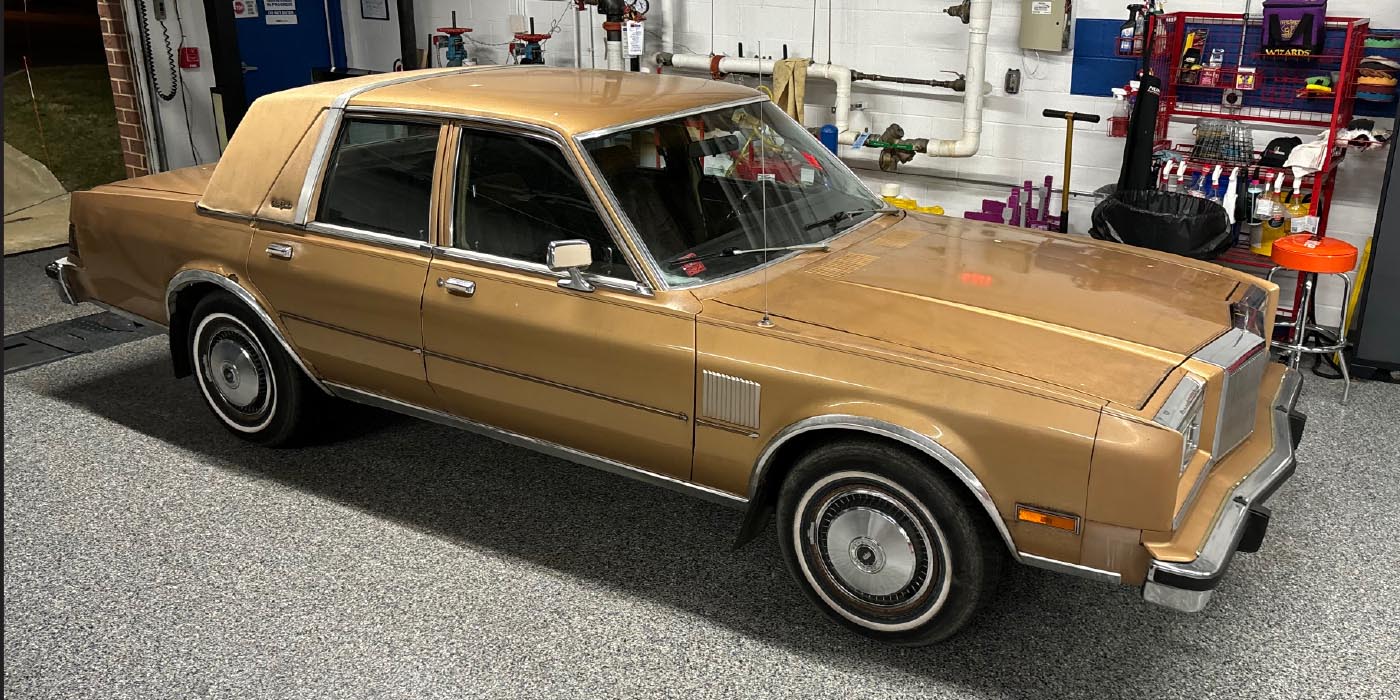At a car dealer, it’s all about the customer satisfaction index (CSI). As cars available for sale continue to dwindle, the competitive dealers in your area are likely focusing their attention on increasing the reputation of their service department.
Here’s what they’re doing to reach customers – how many of these tips do YOU need to address with your service advisors? It all begins with training everyone on the “Road to a Sale.”
The following process has worked quite well for dealer new car sales teams for decades now and will produce closing ratios in the range of 25% to 30% or even higher for top performers. Rest assured these same 10 steps will produce similar results for your advisor sales force, and it’s not uncommon for a service salesperson to maintain a 30% to 50% closing ratio.
1. MEET AND GREET
How about a smile along with a “Good morning, welcome to our shop. What brought you here today?” Sell the customers on the fact that you’re glad they are here and you greatly appreciate their business. You’ve heard the old saying about first impressions. The CSI process has just begun.
2. QUALIFY THEIR WANTS AND NEEDS
Service advisors (salespeople) must be trained to be good listeners, understand body language and communicate effectively with their customers. Additionally, they must be able to ask qualifying questions that begin with who, what, where, why, how, when or “tell me about.” The answers to those questions will enable the advisor to accurately qualify their customers’ needs, write proper repair orders that communicate effectively with the technician the work to be done, as well as confirm to the customers your understanding of their needs. This becomes part of a vehicle walk-around with the customers.
3. SELECT A SERVICE
A properly trained advisor (salesperson) must take the time to select products or services based on vehicle condition, mileage and service intervals and then advise the customer by making recommendations. Most customers have a concern or a request, but they do not know which products or services will correct their concerns or fulfill their requests. That is the advisor’s responsibility.
4. GIVE A FEATUREs/BENEFITs PRESENTATION
In a dealership, the sales team is expected to present all of the features of the vehicle and explain the benefits of those features to build value in the product and distinguish it from the competitors’ product. Advisors must do the same thing. It’s called a menu presentation.
We know that when you give customers multiple options, they are most likely going to choose one. If, on the other hand, your administrative staff fails to offer menu presentations, you have guaranteed yourself a one-item repair order (RO). A properly designed menu will save your customers money over the ownership cycle and ensure they are driving reliable vehicles. It sounds like CSI is heading due north!
5. DEMONSTRATE THE PRODUCT OR SERVICE
Videos are great ways to demonstrate recommended services. Point-of-sale materials are another way to demonstrate. I recently visited my dealership for some routine warranty maintenance, and as I was standing at the cashier’s window, I noticed on the counter a display showing the benefits of replacing a cabin filter. Nice display, but what the heck is it doing at the cashier’s window? My RO is closed, and I’m paying my bill, so what is the chance that I’m going to ask to buy one of those? Point-of-sale displays should be at “the point of sale.”
Show the customer the product, tell them about the features and benefits, and ask them to buy it.
6. PREPARE A WRITTEN PROPOSAL
This can consist of more than one proposal for a service advisor. There is the primary item proposal on the original RO, plus the printed menu proposal, plus the estimate proposal for the primary item once it’s diagnosed, plus the estimate proposal for any additional repairs/services found on the technician’s multi-point inspection. All of these proposals should always be in writing!
7. ASK FOR THE SALE
If your sales team has followed all of the six steps outlined above, then this step will close the sale and “ring the cash register.” This step will not take a lot of time if you have followed the Road to a Sale. I like to point out that good salespeople will spend about 80% of their time selling and only about 20% of their time closing. Your administrative staff will most likely spend 20% of their time selling, which makes closing more difficult, resulting in a very low closing ratio and a very high percentage of one-item ROs.
8. OVERCOME OBJECTIONS
Let’s be fair, this skill requires some serious training. The advisor must know how to identify the real objection as opposed to accepting excuses, which are not truthful. The advisor must always have a Plan B. The advisor must be able to justify a “yes.”
9. TURN OVER TO A SALES MANAGER
You may not have a “sales manager” in your shop, but it can be beneficial. In smaller shops, this should be your service manager. In medium-sized shops, it could be a senior advisor who is a good closer. In larger operations, it should be a full-time position. Whenever an advisor gets a “no” from a customer on completing a mechanical repair, especially if it is safety- and/or performance-related, the advisor should turn over this sales opportunity to the sales manager, who should then make a thorough presentation to the customer on the benefits, improved safety and/or performance and ask for the sale again.
10. ASK FOR REFERRALS
As Tom Stuker once said, “Who do you know?” Train your advisors to ask this question to every customer: “Who do you know — maybe a friend or family member, possibly someone you work with — who you think would benefit by bringing their vehicles to me for all of their service needs? Here at ABC Motors we service all makes and models.”













